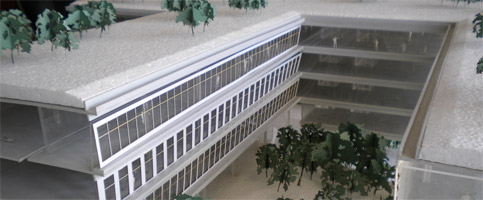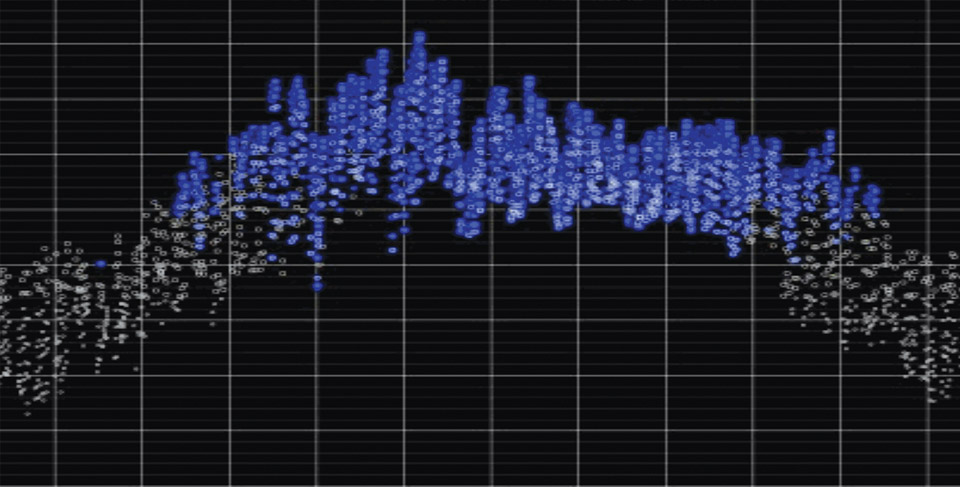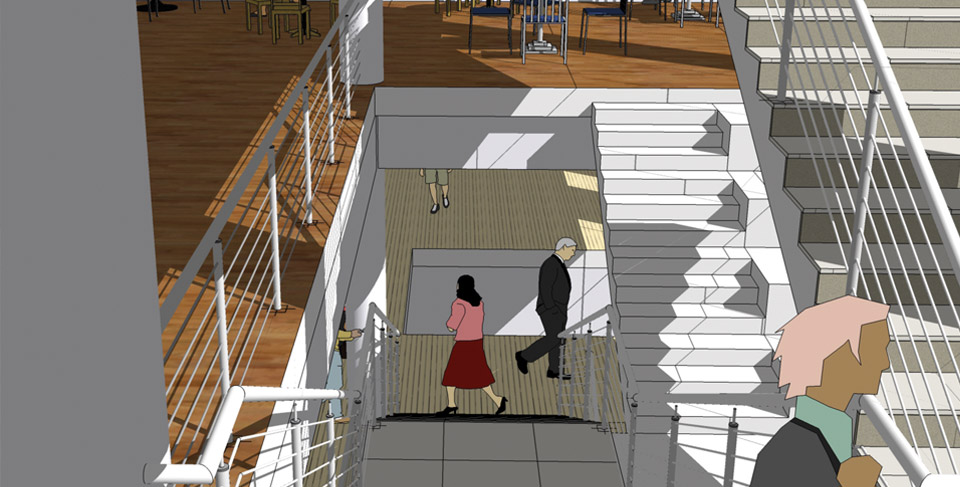SPECIAL ECONOMIC ZONE
Due to its proximity to Rajasthan, the environmental conditions in Gurgaon at the Metrovalley Special Economic Zone (SEZ) site range from semi-arid, humid monsoons, dry heat and overcast grey cold temperatures. The temperatures in summer can go up to 48 degrees centigrade. During monsoons the temperatures remain high but loaded with humidity. The demand of the IT focused services industry in SEZs is for round the year air conditioning for high-density staff seating.
Metrovalley research has been focused on drastically reducing the energy usage for air conditioning without compromising on internationally competitive workspace quality. The results of the research done in this area has created a path-breaking and new sustainability benchmark which can not only set an example for similar buildings in India but can also lead by example other buildings in different parts of the globe. The issues of low energy solutions revolve around the wide gap between promises of performance and actual delivery. Metrovalley intends to measure its promised savings in each workplace to bring into focus a consciousness for energy conservation to each office.
Metrovalley has spent considerable time and resources to research the diverse requirements and expectations of various stakeholders in use and maintenance of workspaces. Our work place solutions encompass a variety of offerings created around user's profiles so as to enhance productivity while lowering attrition.
Based on its findings, Metrovalley has also worked out holistic solutions for drastically reducing dependence on fresh water usage and treatment of all kinds of waste generated within the facility. Innovative traffic planning solutions also authenticate Metrovalley's claim of creating more value from less resources.

Focus Areas
- Methodology for evolving Energy Efficient Buildings
- Low energy use Mechanical System Design and Network
- Optimizing Day Lighting
office Solutions - Optimizing buildings for energy use
- Creating Regenerative Water
Cycle strategies - Equitable and gender neutral Building design solutions
- Low emission transport solutions
- Health and wellbeing in offices through building solutions
- Low waste solutions for daily living
- Low cost Smart Infrastructure solutions for office buildings
- Relationship between nature and building designs
- Creating new low energy benchmark buildings
- Creating more social spaces than the original site in a building
- Evolving new age parking strategies
- Creating safer and easy
to maintain buildings - People friendly security solutions
- Role of technology in building design and maintenance
- Evolving different types
of shading strategies - Transparent, tenant friendly measurement and verification systems

INSIGHTS

FORM FOLLOWS ENERGY
Metrovalley does meticulous studies to understand the amount of shading required for its built structures to determine the best possible forms.

SIMULATIONS & STUDIES
Metrovalley has developed India's first Heliodon and engages in exhuastive simulations studies based on at least 20 years of weather data for its sites.







